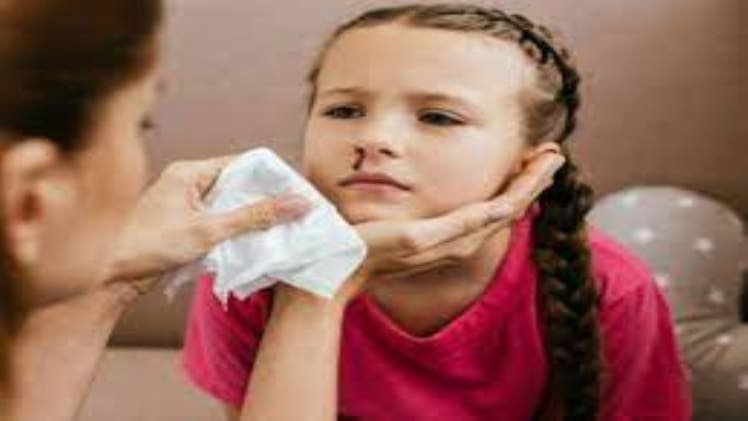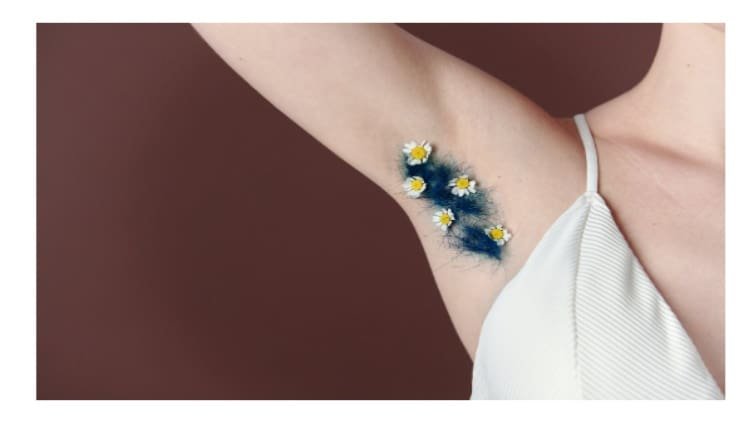Magic mushrooms gummies, whoa! I’ve heard of them, but I’m still yet to discover what they truly offer.
Well, you’re in the right place because we’ve laid down all the information needed.
You’ve got classics like Mush Mouth Magic Mushroom Gummies, Psillys Amanita Mushroom Gummies, and Diamond Shruumz Gummies made from mushroom extracts like lion’s mane, reishi, and Chaga mushrooms.
Let’s not forget the legendary Amanita muscaria, which often comes up with old tales and folklore.
The potential perks these Magic Mushroom Gummies bring to the party offer something mind-blowing.
So, Here’s What These Magic Mushrooms Truly Offer!
Magic mushrooms, containing the psychoactive compound psilocybin, have been put under the microscope for their potential therapeutic perks, and some folks have shared some real feel-good stories about them.
Using magic mushrooms and any related products might come with some legal issues in many spots, and how they hit you can be unique;
– Aids in Your Fight Against Depression – There’s some research and tales from the field suggesting that psilocybin, in magic mushrooms, might have some mood-lifting qualities that could help folks dealing with depression. But remember, more scientific work is required to nail down how effective and safe it is.
– Helps You Fight Anxiety – Just like with depression, psilocybin might be helpful for some folks battling anxiety. It could ease those nerves in certain situations, but it’s wild, as higher doses might stir up fear or panic.
– Can Help Get Rid of Headaches – Some have shared stories about psilocybin-rich mushrooms easing the pain of migraines or cluster headaches. However, this area needs more examination, and trying to self-medicate with mushrooms isn’t a great idea.
– May Relieve PTSD Symptoms – Early studies suggest that psilocybin therapy could offer benefits to individuals dealing with post-traumatic stress disorder (PTSD). An animal study discovered that giving mice a tiny dose of psilocybin seemed to have a knack for dialing down their fear response.
– Has the Potential to Help Avoid Substance Use – Research indicates that psilocybin therapy might assist in the battle against addiction, whether it’s alcohol or tobacco. It’s thought to work by providing users with profound insights that can help break the cycle of addiction.
– Increased Vitality and Energy Levels – Magic mushrooms can trigger all sorts of experiences, including feeling full of life and energy. But remember, these effects can be all over the map and might hit everyone differently.
– Immune Support – Speaking of giving your body a boost, functional mushrooms have something special – beta-D-glucans. They are like the body’s defense team, standing guard against bacterial infections, viruses, and sneaky microorganisms
While these possible perks look good, we know that more research must be done to grasp the ins and outs of psilocybin and those Magic Amanita Mushroom Gummies you’ve heard of.
Going the DIY route with magic mushrooms isn’t the way to go. We’re talking big ‘No’ on self-medication.
How to Choose From the Top Best Mushroom Extract Gummies?
When you’re thinking about picking up those mushroom extract gummies, and yeah, that includes the ones with Amanita muscaria or other mushroom extracts, you gotta be a savvy shopper.
- Start by scouting for gummy goodies from trustworthy manufacturers known for their quality, safety, and honesty. Hit up their website to dig into their sourcing, how they whip things up, and their quality checks.
- Get your detective glasses on and scan the label. Know what’s in those gummies, especially when it comes to mushroom extracts like Amanita muscaria. Ensure the ingredients are crystal clear, and there’s no shady stuff like harmful additives.
- Look for products that have gone through the wringer with third-party testing or have fancy certification. That’s your insurance that what’s on the label is what’s in the gummy.
- Now, when it comes to Amanita muscaria, tread carefully. It’s packing some potential toxins, like muscimol and ibotenic acid. If you’re thinking of giving it a whirl, ensure it’s been processed correctly to kick those toxins to the curb.
- Good gummies come from good extraction. So, check if they’ve used safe and effective methods to fish out the good stuff from the mushrooms. Ethical and green harvesting is a plus.
- Hunt down products that have faced the truth serum of third-party testing. Certifications like Good Manufacturing Practices (GMP) and going organic are like a golden ticket to quality town.
- Please read up on customer reviews and chat with your inner circle or your online buds for the lowdown on how it worked for them.
- Brush up on the legal status of Amanita muscaria and other mushroom extracts where you’re at. Some places are strict about it.
- Pay attention to what your body’s saying. If it’s giving you weird vibes, put the brakes on and talk to the doctor if things get funky.
Nailing the best mushroom extract gummies, Amanita muscaria or not, is all about research, quality, dose, and safety. Keep it legal, keep it smart, and if in doubt, your doc’s your guide.
Where Should I Buy Magic Mushroom Gummies?
So, if you don’t want to do the entire research, we’ve got you with the best retailer brand!
You should set your eyes on D8 Gas. D8 Gas is an online hemp marketplace with hundreds of options, including Delta 9, Delta 11, HHC, Mushrooms, and THC-O, all brought to you by brands like Delta Extrax and Flying Monkey.
Their mission is to use the power of hemp to ease the stress in the lives of people all around the globe. They’re constantly adding new and innovative products to keep you in the loop with the latest and greatest.
Each product on D8Gas.com comes with in-depth lab reports, giving you all the info you need to make intelligent buying decisions.
So, if you’re looking for magic mushroom gummies or other cannabinoid products, D8 Gas might be the one for a satisfying experience.
They’ve got a range of options from some big-name brands like Mush Mouth Magic Mushroom Gummies, Psillys Amanita Mushroom Gummies, Diamond Shruumz Gummies, and more.
Now, remember that the legality and availability of magic mushroom gummies can vary from place to place, so make sure to check the rules.










